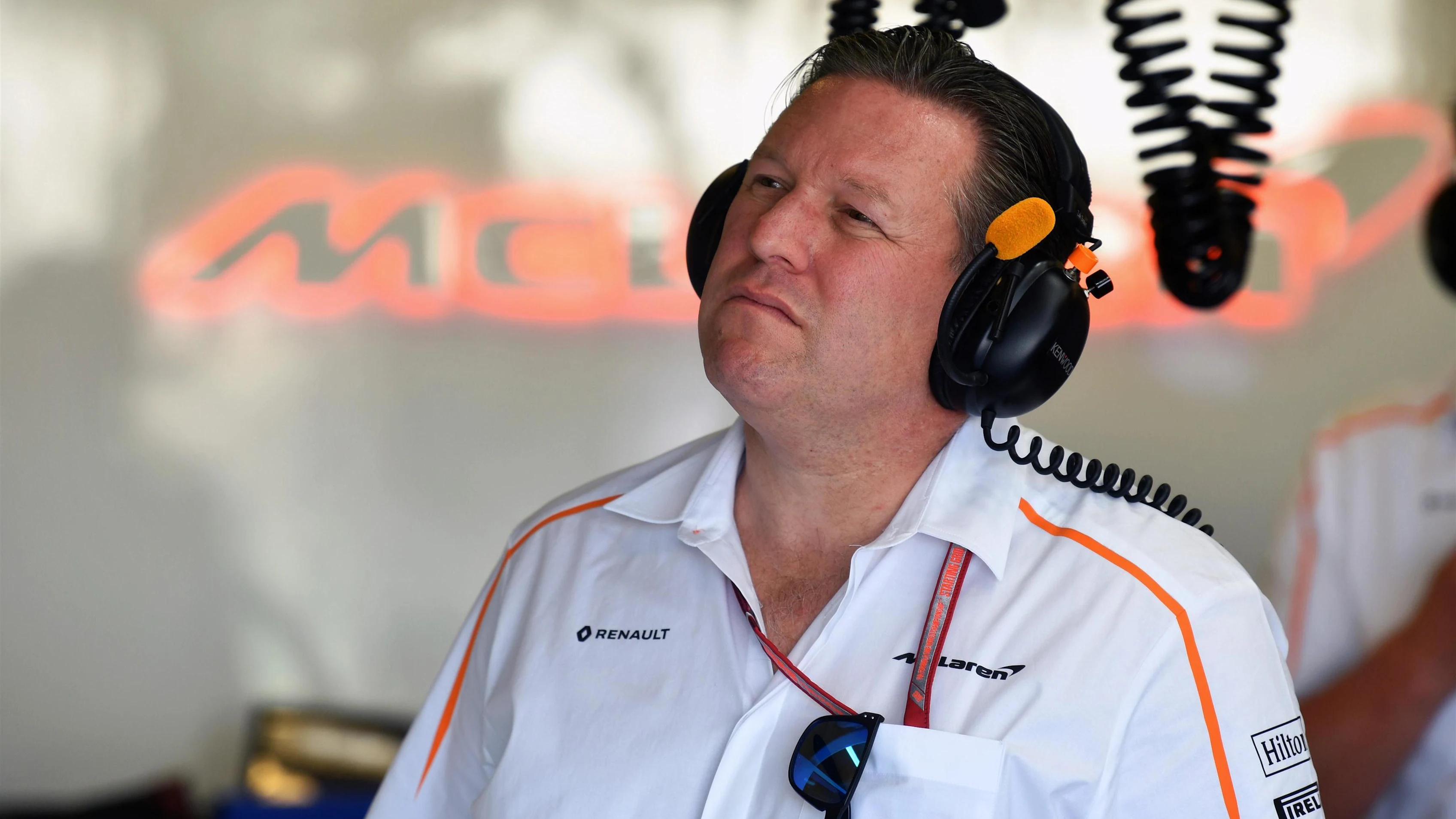The differences between Ron Dennis and Zak Brown, the man who effectively replaced him as boss at McLaren in 2016, couldn’t be much bigger. But is the American’s all-out exuberance the antidote that the team sorely need after their post-2012 decline? David Tremayne sat down with McLaren's 'kid in a candy shop' CEO of Racing in Monaco to find out...
Monaco is one of those rare race weekends – with Friday’s so-called ‘day of rest’ – where you feel like you have a wee bit of extra time. Zak Brown, the Chief Executive Officer of McLaren’s racing side, agrees. He looks fresh as he rushes into the second floor of the Brand Centre at the back of the paddock, like a young bull ambling into his domain.
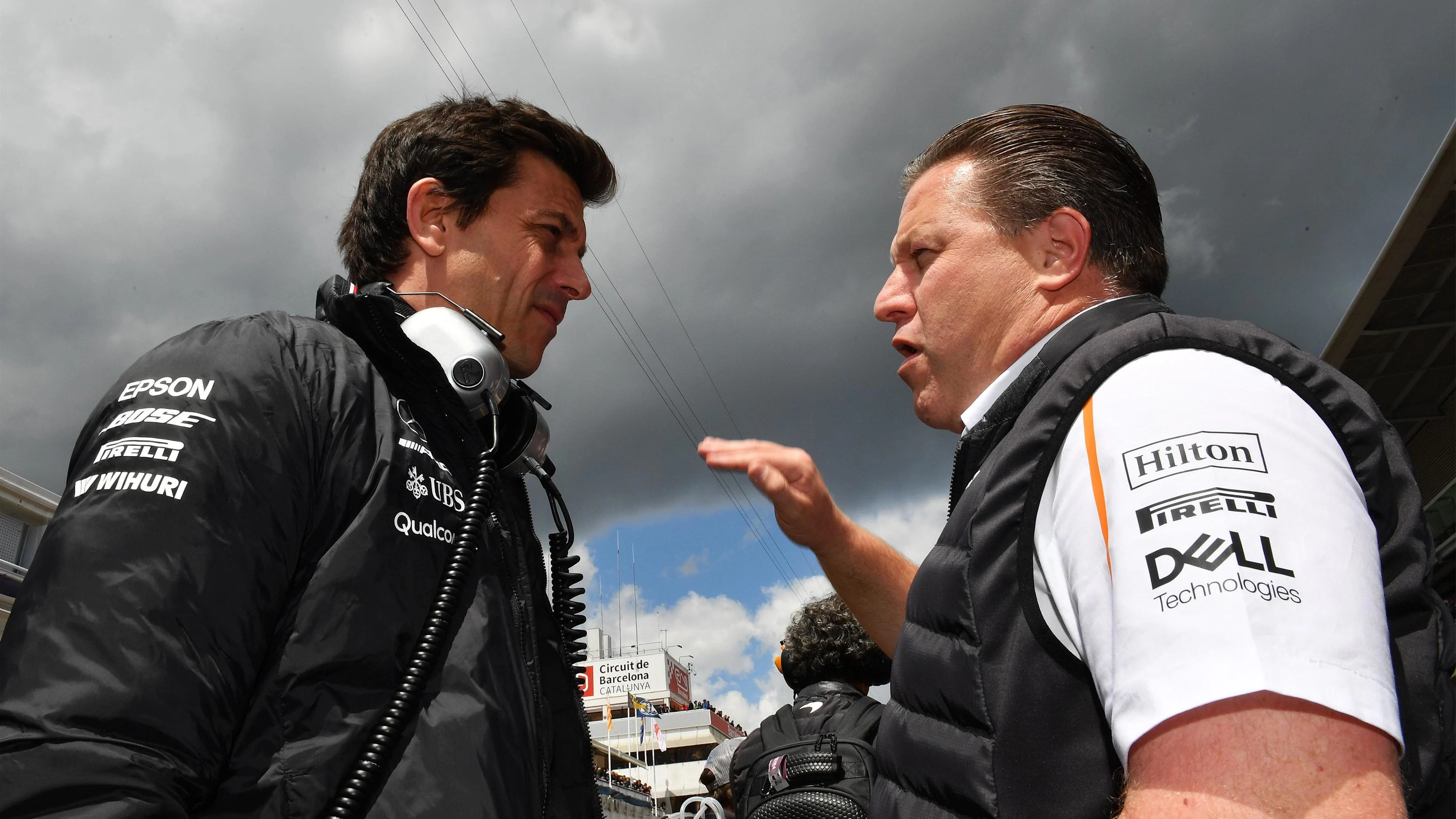
“I can’t believe how much I run out of time at every Grand Prix,” he says with a breathless smile. “It just feels so intense. Maybe today I can spend an hour with Toto [Wolff, Mercedes chief] and catch up with him. You just don’t normally get that time.”
Part of that rush comes from the revision of roles that McLaren enacted recently.
“It’s not radically different, it’s just clarified,” he says.
“Jonathan [Neale] and I were kind of co-CEOs, for a lack of better term, and now with the simplification we’ve got a racing business, a motor business and a technology business. The McLaren Technology Group no longer exists, where Jonathan and I were co-heads of racing and applied technologies.
“When it was us kind of sharing roles, I think it was not very clear for the team. You know, who does the buck stop with? So now, where racing is concerned, I’m the CEO – so now, that buck stops with me!
“The applied technologies was never my thing anyways, and Jonathan’s really good in that space, he’s an awesome Chief Operating Officer. So now what you have is Mike Flewitt, CEO of automotive, me CEO of racing, a CEO to be decided of applied technologies because our other one’s gone, and Jonathan is group COO, and the four of us are all peers.
“We all report in to the executive committee, Sheikh Mohammed bin Essa Al Khalifa and Mansour Ojjeh. None of that’s actually changed. What’s changed is racing. When I was brought in, I was kind of responsible for the non-technical side, business affairs and sponsorship, commercial stuff and media, but not for how fast the car goes. Now I am.
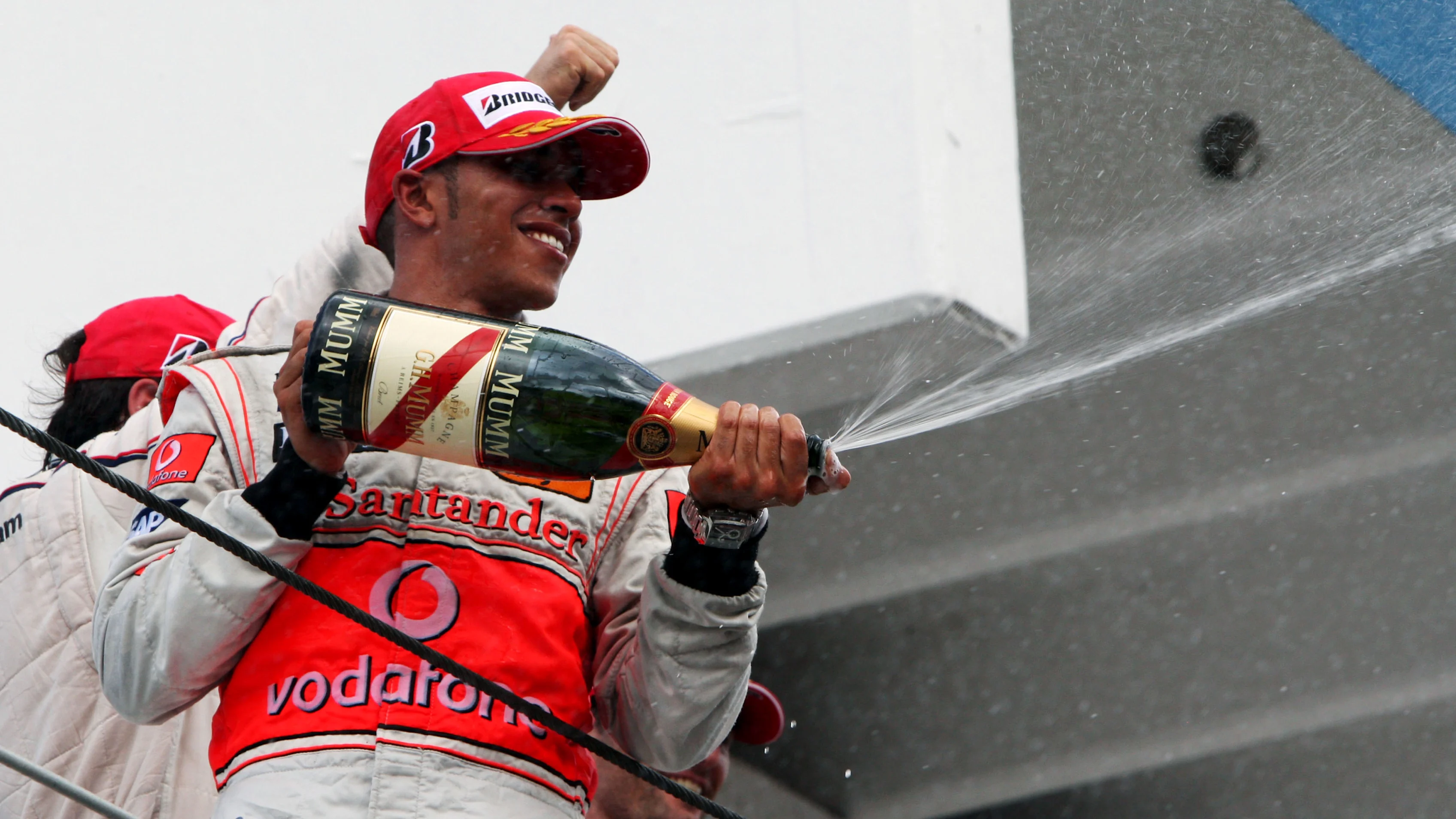
There was also a bottleneck on the technical leadership side, with technical director Tim Goss, aero chief Peter Prodromou and production chief Matt Morris. It remains to be seen how that all shakes down since Goss left recently.
Meanwhile, Simon Roberts continues as COO on the operational side of racing.
“He is great,” Brown says. “He’s automatically responsible for everything that happens to the factory, and Eric [Boullier, Racing Director] and Simon are the two top guys in racing ultimately responsible for the competitiveness.”
The other key figure is John Allert, able and intuitive, who is responsible for all marketing aspects and reports to Brown.
“So there is me, Eric, Simon and John, plus the three partnership development guys, the finance guys and HR, that’s what my structure looks like. So the buck stops with me on the professional racing side, and the customer GT side of the racing programme sits within the automotive group.”
There has been much discussion, inside the factory and in the media, of McLaren plans to go IndyCar and World Endurance (read, Le Mans) racing, and if either or both of those programmes happen, they will be Brown’s responsibility. Keen F1 observers have also spied the unmistakable form of Gil de Ferran at McLaren in the last few races. The former IndyCar star and Honda F1 advisor is fulfilling a new advisory role chez McLaren.
“He’s a special advisor,” Brown explains. “We brought him in, and he reports to me. He’s helping with our young drivers, notably with Stoffel [Vandoorne] and Lando [Norris]. We’re not sure yet why we’ve not been great with young drivers, other than Lewis. Has it been the drivers or has it been us? Heikki Kovalainen, Kevin Magnussen, Sergio Perez…
“And if we do IndyCar, he knows that place inside out…
“He’s a racer, through and through, so it’s good to have another racing mind in the garage because we’re not getting enough right. We should be doing better than we are. So he’s having a look around, you know, because I’m a big fan of racers. There’s a blend, isn’t there, between engineers, scientists, what I call book-smart people, and the racers, the street-smart guys.”
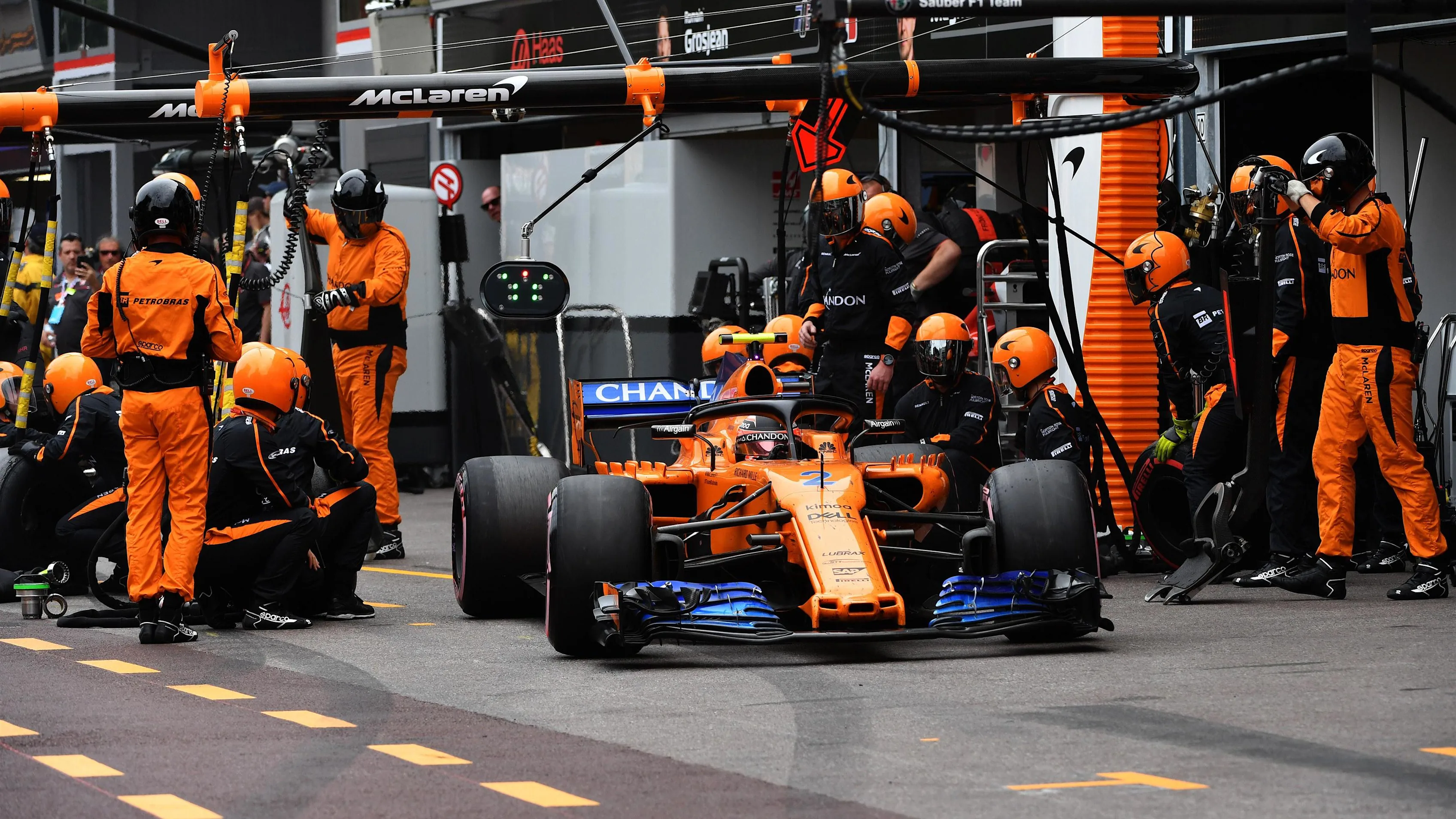
Some other teams have been criticised for appearing to lack racing instinct in close situations on race day. It isn’t that they don’t have that, of course, but sometimes the computer’s algorithms are allowed to override them. The way Red Bull reacted to the Safety Car deployment in China, when the Toro Rossos collided, is a case in point. They stacked both cars when they brought them in for fresh rubber via a split-second racer’s decision, and it won them the race with Daniel Ricciardo.
“It’s an instinct, isn’t it?” Brown says. “We’ve got tonnes of racers here at McLaren, but when you’re not getting something as right as you should be, you want some third party to go, ‘How about this, have you thought about that?’ Because sometimes the solution’s right in front of you but you can’t see it.”
Our conversation is momentarily interrupted by the arrival of an ebullient Sean Bratches – Formula 1's Managing Director of Commerical Operations – launching an explosion of ‘Hey, how ya doins?’ As Uncle Sam’s two racing sons greet one another warmly, Brown jokingly announces Bratches as “our new technical director, to make our car faster.”
That’s an interesting subject of course, given Goss’ departure.
Brown says Matt Morris has been freshly empowered and is stepping up in terms of responsibility, as you sense that McLaren are now entering a ‘suck it and see’ period in which they will monitor the effectiveness of the recent changes.
“We haven’t landed on what we are going to do right now. Everyone’s kind of stepping up. Matt is playing a bigger role, back at the factory, Peter on aero. Simon will be here more. You can definitely say it’s a work in progress.”
As is the development of the MCL33. There were reasons why McLaren had to big up the performance of the MCL32 chassis during their unhappy partnership with Honda last year – notably to maintain morale – but in many ways that’s come back to bite this year when the MCL33 is so clearly a long way behind the similarly Renault-powered Red Bull RB14 – though encouragingly it is on a par with Renault’s R.S.18.
A major upgrade that only arrived in Spain should have been part of the car’s initial specification prior to Australia, which shows you how far McLaren have slipped since their glory days when they set the technical pace. “It worked,” Brown asserts, but the big question is whether it worked enough. The car was still not a contender for podiums, which is the team’s stated aim for 2018.
“It was a definite step forward,” he suggests. “It was good because the car was responsive, and the drivers liked it, so it was substantial. And there was good correlation with what we had expected from our wind tunnel research, so it gives us a better platform for the next upgrades.”
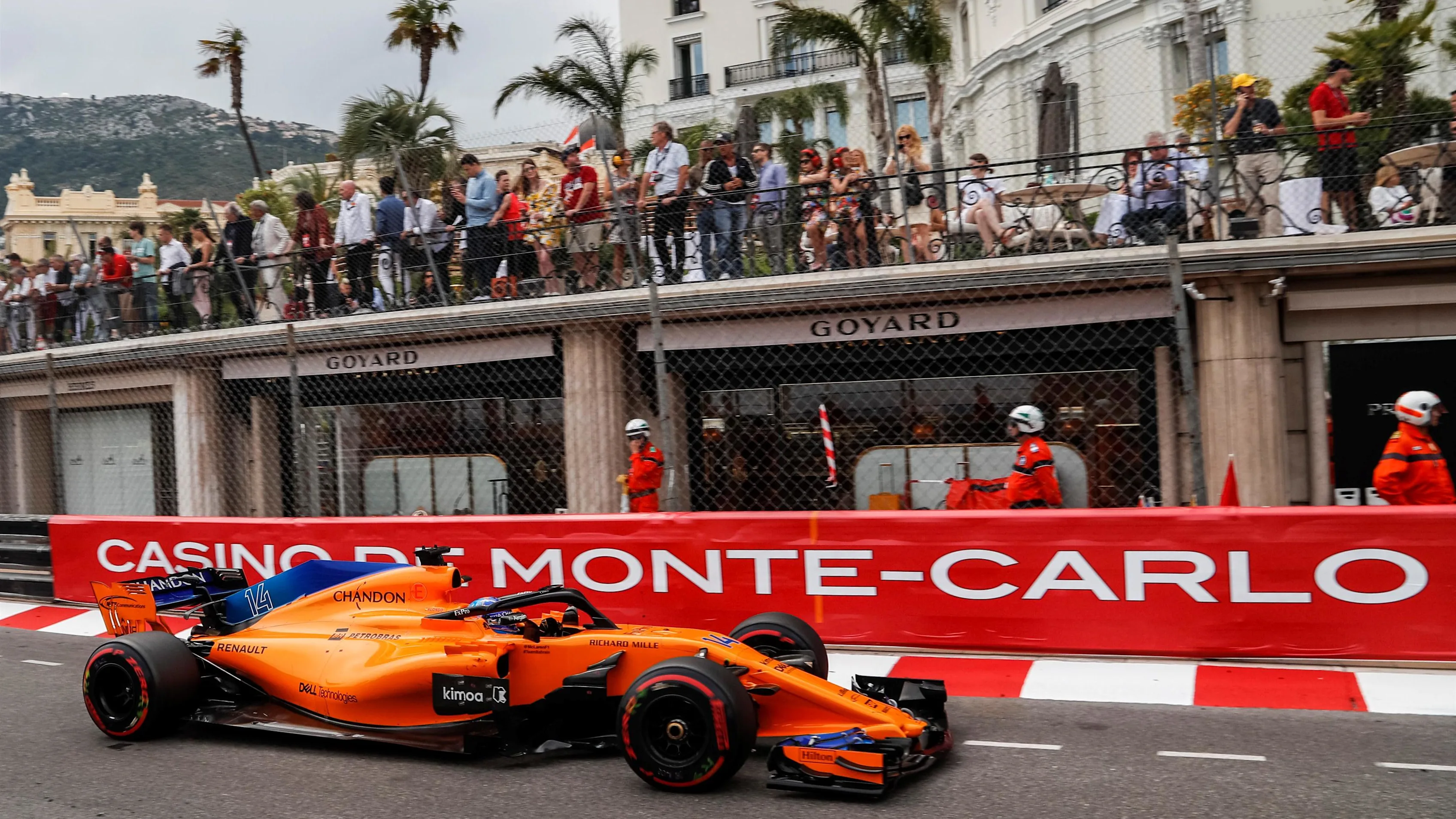
Also on the positive side, the post-race test in Barcelona gave them further insight into what’s needed to enhance other areas. Such things are critically important, especially at a time when a lot of people are critical not only of McLaren’s on-track performance and worried that a once-great team are on a permanent downward glide, but are also asking where the money is that 18 months ago Brown promised he would find. The MCL33’s orange flanks remain noticeably naked…
“Yeah, yeah,” he counters. “But it’s not that straightforward or simple. There’s two ways of looking at it. We’ve announced more deals than anyone else. Right, so you can go half empty, half full. Half empty is that there’s still a lot of orange on the car and, you know, rebuilding competitiveness is going to take a few years, rebuilding commercial is going to take a few years. So that’s the half empty.”
He agrees that the days of $40m title sponsors are over, but adds: “Half full is that we’ve done sponsorship deals with Petrobras, Dell and CMBC. HTC is more of a licencing deal because I want to build on McLaren brand licencing. We do a fraction of what we should be doing and I think we can do a lot more things with our brand, so that’s part of that building process.”
Another new source of income for the team has come recently with Michael Latifi’s purchase of around 10% of McLaren’s share capital. He approached McLaren, and his investment will likely trickle down into all three businesses. But it’s clear that it is not predicated upon Latifi's F2 racer son Nicholas getting involved on the racing side.
“I’m happy,” Brown avers. “But obviously I want more and more and more. But if you look down the grid, Ferrari did one deal, Mercedes has traded one deal, Boss for Hilfiger, Williams are losing Martini… And we’ve done four or five deals, so from that standpoint, it’s kind of like we’ve gone from 10th in the championship to fifth. But everyone was expecting us to be second.”
Yet matching Red Bull is still a long way off.
“We’re too far off that,” he admits. “And it’s not going to happen overnight.”
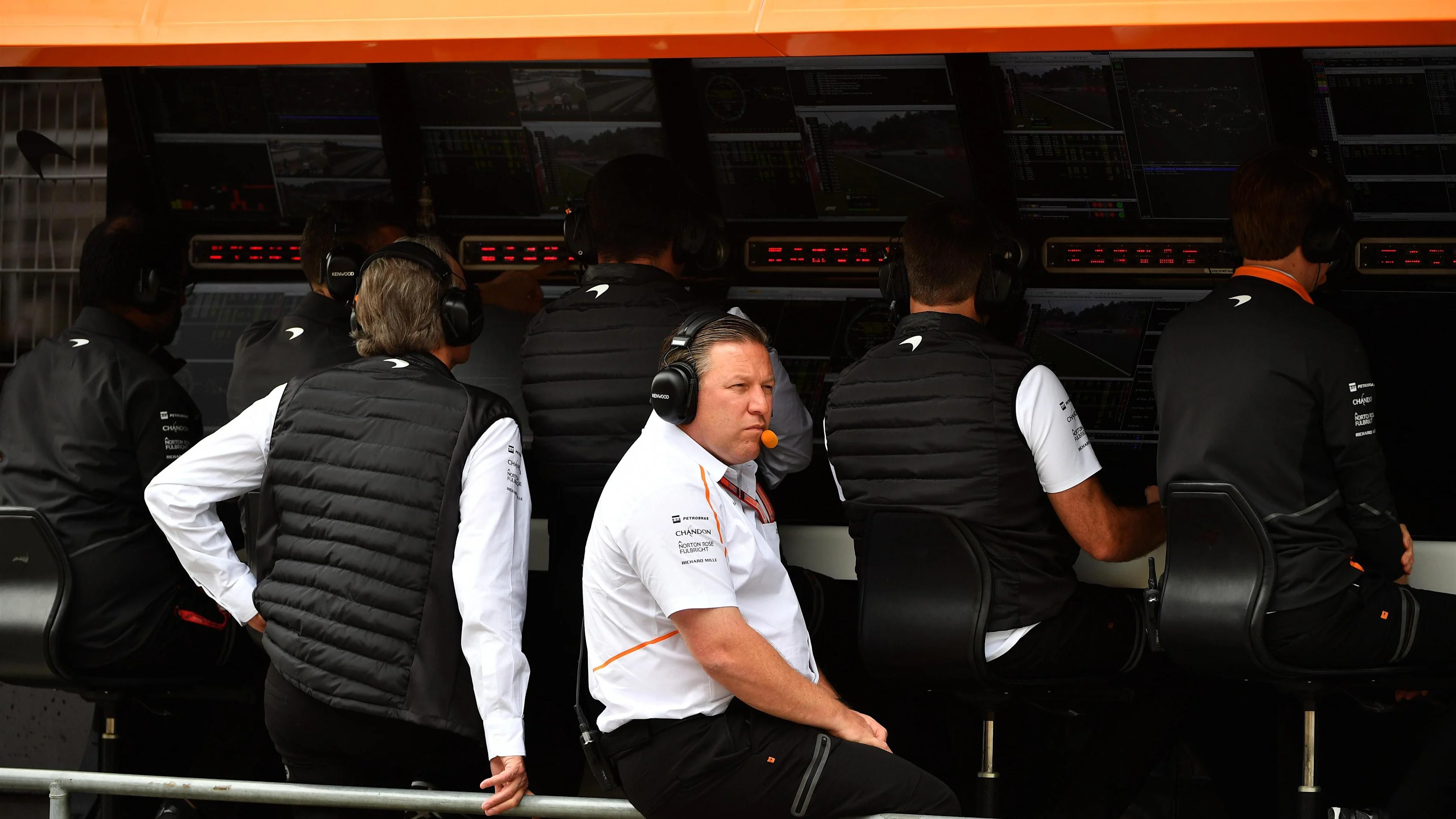
Hand in glove with all of that, his critics think he comes across too much as a teenager in charge of the train set, the kid in the candy store, and that he talks too much. [In fairness, his oppo at Ferrari, Maurizio Arrivabene, gets torn apart for talking too little].
“I am a kid in a candy store,” he laughs immediately. “But I think Formula 1 has become a bit too po-faced. It’s like, you know, who defined the rules that Fernando Alonso couldn’t go to Indianapolis? I think that was mega. Would we have taken him out of Monaco to go to Indy if we were running for the championship? No. But we weren’t.”
Was that done to keep the mercurial Spaniard at McLaren, pandering to his every whim? “I think a lot of what we’ve done has kept him. That was never done with that intention and I never even thought he’d want to do [the Indy 500]. I threw it out as kind of a joke, more like, ‘I’d like to do it but I’d like to do it with you’. So I didn’t know where he was going to come out on it at all. Maybe that helped us, but I think it was more the mind-set of our attitude of ‘he’s a racer, we’re racers’.
"So I think that played a big part, but it was never a, ‘We’ll do this if you do this situation’. I think it was more, ‘I like this place, they let me do Indy’... And as for the suggestion that it distracted him from driving, I think he’s never driven better.
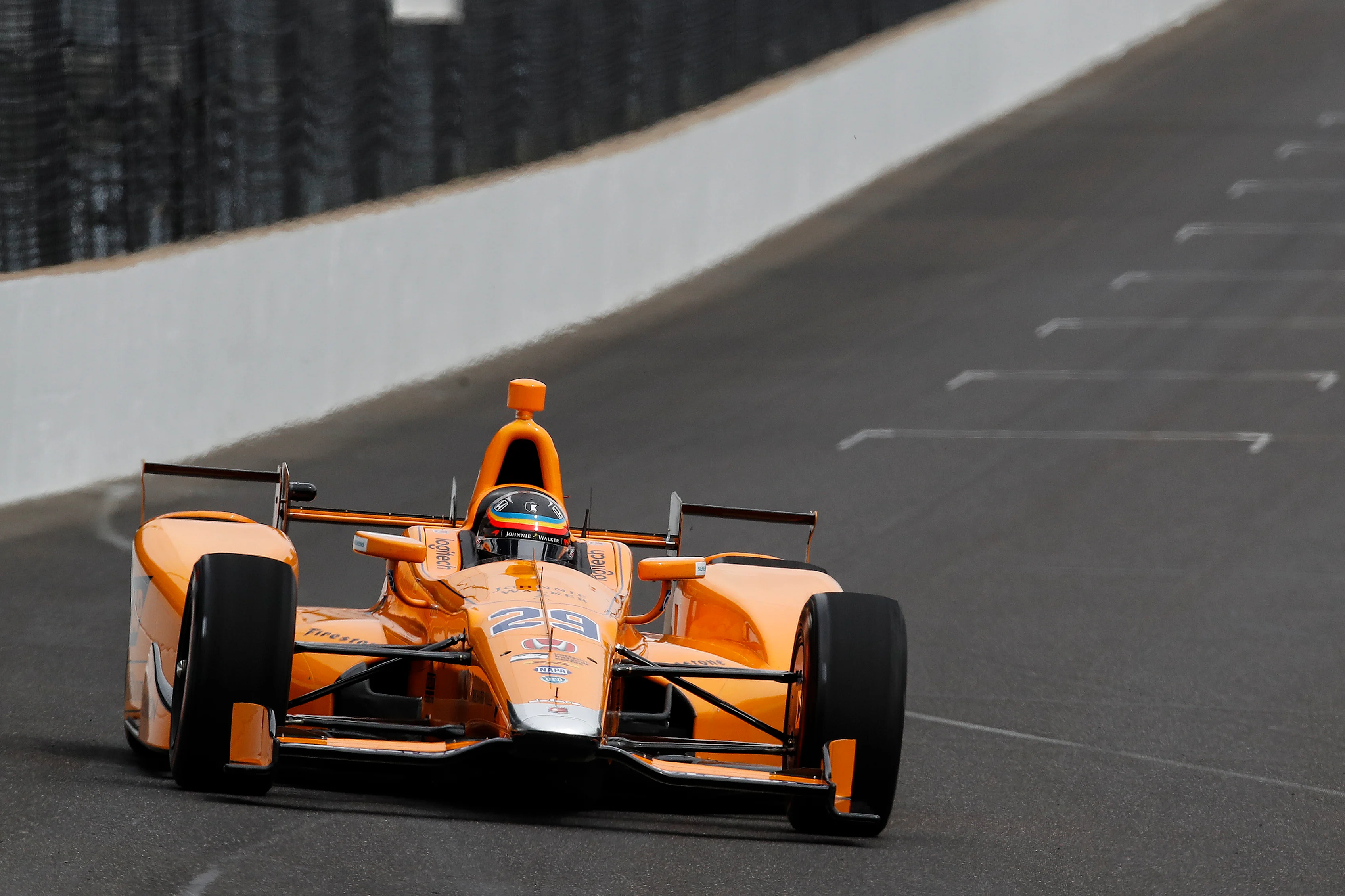
“I think there’s a lot of jealousy in this sport. I recognise, especially now in this role, that I’m not going to please everyone all the time and the court of public opinion is always just on the favour of us.
"I know I’m going to have 10%, 15%, 20% – pick a number – of people that are not Zak fans, but I think I’ve just got to do what I think’s right for McLaren and let the chips fall.
“I know we’re under pressure, I know I’m under pressure. Probably, if there’s a frustrating thing – and you know because you know racing – it’s that people don’t understand just how long these things take.”
He acknowledges that McLaren aren’t going to win the world championship next year. Probably not 2020, either.
“Right now, we just have to be head down, doing the hard work, focused, and with a clear direction.”
It will take time before the jury in the court of public opinion can reach a fair verdict. But everyone at a once-great team knows they are on their mettle. That the clock is ticking away inexorably.
Next Up
Related Articles
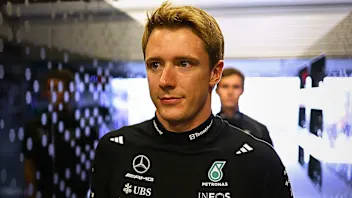 ExclusiveVesti on life as Mercedes reserve and his F1 plan
ExclusiveVesti on life as Mercedes reserve and his F1 plan Celebrating the first F1 Allwyn Global Community Awards
Celebrating the first F1 Allwyn Global Community Awards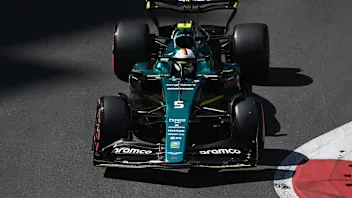 11 times F1 drivers took another driver’s car number
11 times F1 drivers took another driver’s car number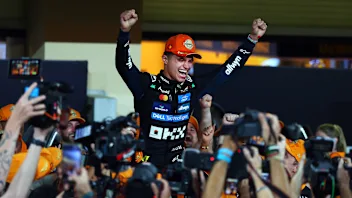 UnlockedQUIZ: 10 questions on the new World Champion Lando Norris
UnlockedQUIZ: 10 questions on the new World Champion Lando Norris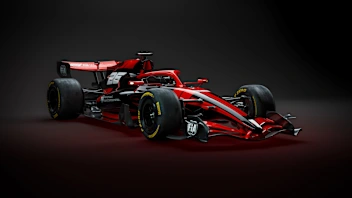 GALLERY: Check out renders of the innovative 2026 car
GALLERY: Check out renders of the innovative 2026 car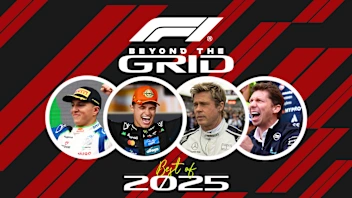 Beyond The GridThe best of 2025, from Norris’ evolution to Brad Pitt’s ‘need for speed’
Beyond The GridThe best of 2025, from Norris’ evolution to Brad Pitt’s ‘need for speed’
